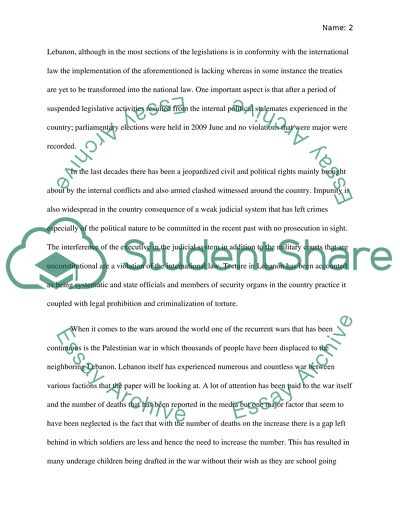Cite this document
(“Military Training and Indoctrination of Children In Palestinian Research Proposal”, n.d.)
Retrieved from https://studentshare.org/history/1472021-military-training-and-indoctrination-of-children
Retrieved from https://studentshare.org/history/1472021-military-training-and-indoctrination-of-children
(Military Training and Indoctrination of Children In Palestinian Research Proposal)
https://studentshare.org/history/1472021-military-training-and-indoctrination-of-children.
https://studentshare.org/history/1472021-military-training-and-indoctrination-of-children.
“Military Training and Indoctrination of Children In Palestinian Research Proposal”, n.d. https://studentshare.org/history/1472021-military-training-and-indoctrination-of-children.


